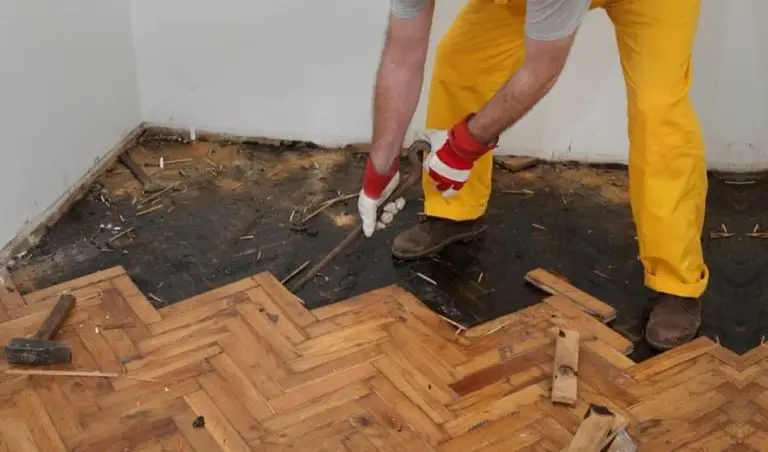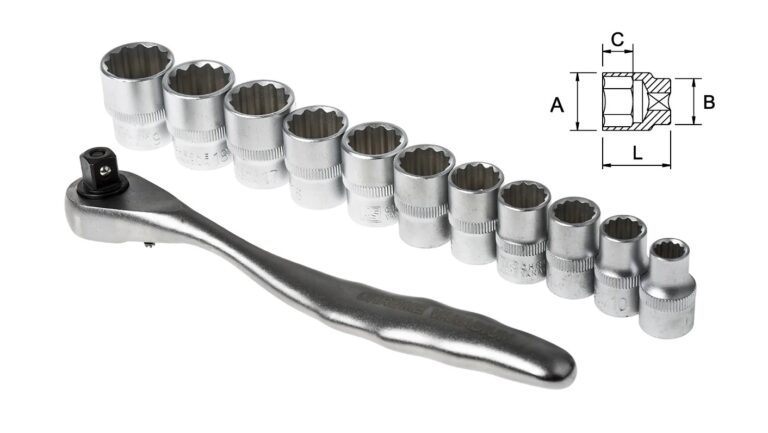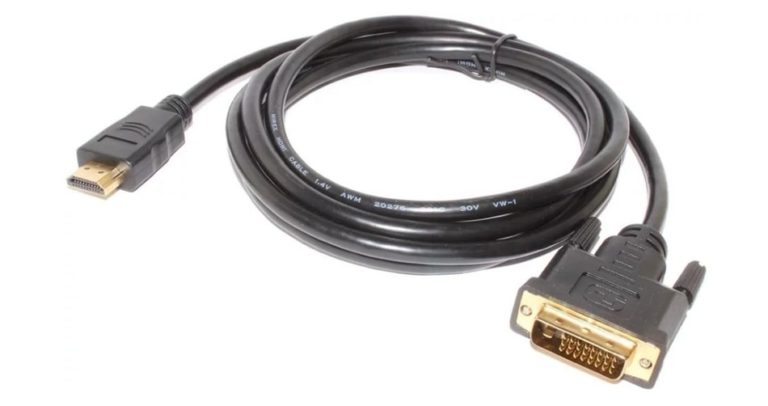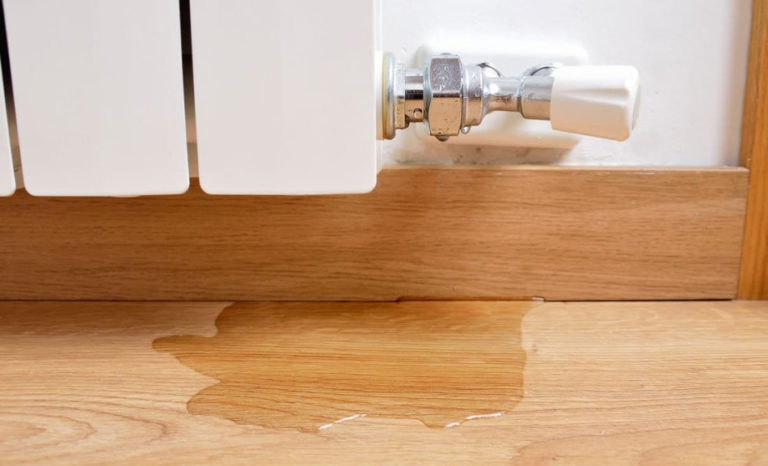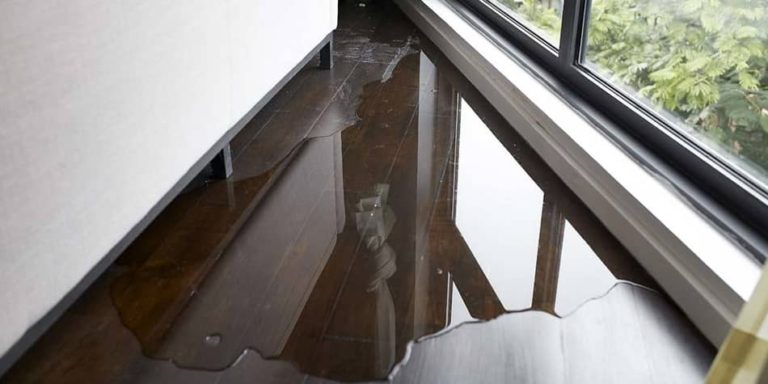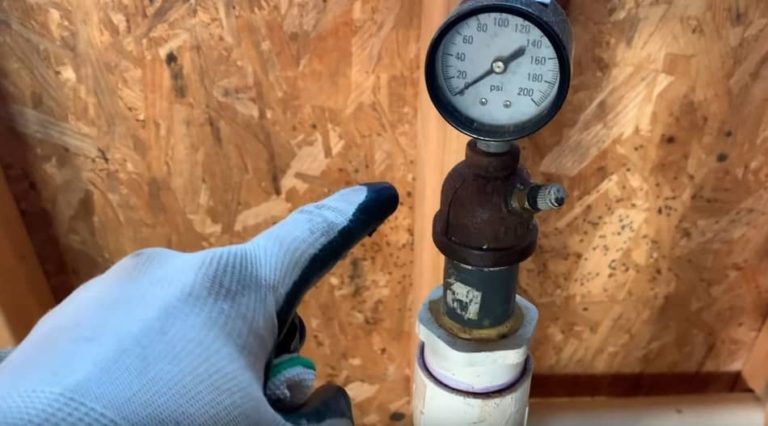Water Heater Leaking From Top: How To Fix It
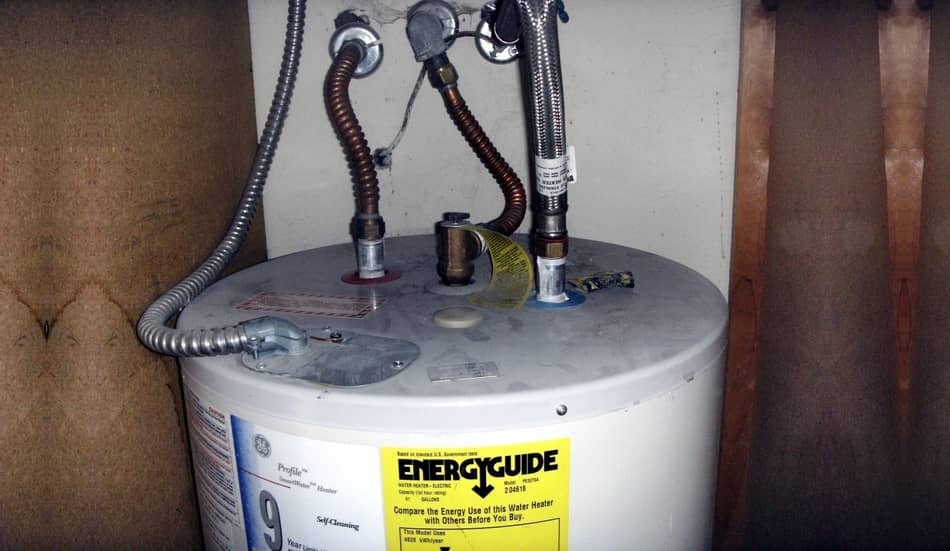
If you find out that your water heater is leaking, the best-case scenario is that that leak comes from the top. This type of leak can be fixed in most cases. But one thing to keep in mind is that if the leak is not fixed in time, it can lead to bigger and expensive damages.
Leaving this problem unsolved and not repairing it could cause water to enter the electrical component compartment causing an electrical short of development. Another thing that could happen is water damage to the floors or even walls surrounding your water heater. In case that you doubt that your water heater is leaking, it is of great importance to solve the problem as soon as possible. So, let’s start!
Table of Contents
Why Hot Water Heater Leaking From Top?
So Why Hot Water Heater Leaking From Top? Typically, the most common reasons why the hot water heater is leaking from the top are because of temperature & pressure relief valve, cold water inlet valve, or loose/corroded pipe fittings. If the problem is noticed in time, it is possible to fix it without any issues.
3 Most Common Reasons Why Hot Watter Heater Leaking From Top:
| Cold Water Inlet Valve | Check the valve and see if there is any leaking. The problem can be solved by tensing the nut connecting the handle. |
| Loose/Corroded Pipe Fittings | Try tightening the pipe with a wrench to see if it leaks. Usually, the problem is related to a loose connection. |
| Temperature & Pressure Relief Valve | Be sure to examine the valve location closely. If the problem is a valve, replace it with a new T&P Valve. |
Here we have a similar problem, so we recommend that you also read Water Heater Leaking From Bottom: How To Fix It.
Find The Leak Where Water Heater Leaks From The Top
We could say that a water heater that is leaking from the top is one of the easier fixes to do. The first thing that you need to do is to locate the exact spot from which the leak is coming. Before you start with the repair, make sure to turn OFF the power on your water heater. Here are two types of water heaters:
- Gas Water Heater – Turn off the gas by switching OFF the thermostat control
- Electric Water Heater – Turn off the power by turning the circuit breaker on your electrical panel OFF
After turning the power OFF to the water heater, find the cold water inlet. The cold water inlet lets water get into the tank which is then heated. A leak is easier to spot if you leave the valve on.
Wipe the top of the water heater where the cold water inlet enters the tank and make sure it is dry. The next thing to do is use a paper towel to help you locate the leak if you can’t spot water seeping.
Inspect the pipes and seals to locate where the water is leaking. As soon as you find the leak, make sure to turn OFF the cold water inlet ( you can find the valve on the pipe leading to the cold water inlet). After doing so, the leak should stop, and there should be no further water damage.
Common Reasons Of A Leaking Water Heater
There are usually three common causes regarding a leak on the top of your water heater:
1. Cold Water Inlet Valve
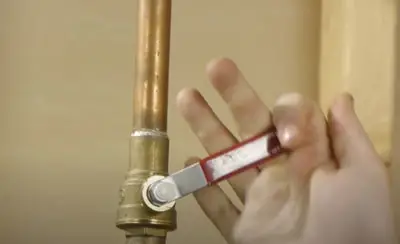
If you look on top of your water heater and figure out there is a pool of water; it is usually the sign that there is a leak on the water inlet or outline pipe.
First things first, make sure to check on the cold water inlet pipe. Find a ball valve or gate valve that lets you turn the water off. There is a lever on a ball valve that enables you to turn the water on and off. The valve is open when the lever is parallel with the pipe, enabling the cold water to enter the tank.
Here is a great YouTube video about Water Heater Shut Off Valve Recommendation:
Inspect the valve and see if there is a leakage. In case it happens that it’s dripping, the solution to the problem can be as easy as tensing the nut connecting the handle. If the valve is still leaking after tensing it, it is likely faulty and should be replaced.
2. Loose/Corroded Pipe Fittings
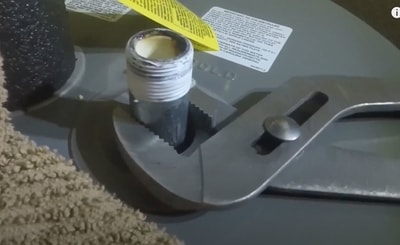
Inspect the water inlet and outlet fittings (also called dielectric nipples) to ensure no water leaks. Pay close attention to the spot where the pipe connects with the dielectric nipples or any other fittings. Try tightening the pipe with a wrench if you see that it leaks from one of the connection points. Usually, the issue can be just a loose connection.
It is not unusual for these nipples to become corroded. When nipples are corroded, you should replace the fitting itself. On the other hand, there’s also a possibility that the tank itself has some serious issues. If the tank starts to rust, you will have to buy a new water heater. If the dielectric nipples have to be replaced, it’s usually not a hard thing to do. Although, their removal from the tank can sometimes be difficult to perform.
Another great YouTube video that shows Water Heater Dielectric Union Replacement:
Some water heaters come with copper tubing instead of threaded pipe. We would recommend you to get a qualified plumber to make all the repairs for you unless you find yourself comfortable working with copper.
3. Temperature & Pressure Relief Valve
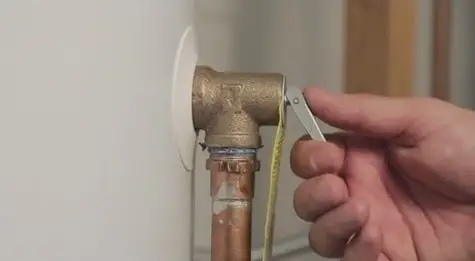
The temperature and pressure relief valve (known as a T&P valve) can be found either on the side of the tank or the top. Examine the valve location closely. If water is seeping out from the valve´s threads, you will need to remove it in order to figure out if it´s a problem.
If it happens to be a problem, your best option is to change the T&P valve with a new one. These valves have a safety purpose and you want to make sure that they are in good condition.
Step-by-Step How To Change the T&P Valve
- Empty the tank and make sure the water level is underneath the valve.
- Let air into the tank by opening a nearby hot water tap.
- Unscrew the valve from the tank by using a pair of channel locks
- Inspect the hole where the valve has been located and look for any signs of rust or corrosion on the tank, if there is any rust or corrosion, your water heater will have to be changed.
- If there is no sign of any rust or corrosion, wrap the threads of the valve in Teflon tape, which will help fix the valve. After doing so, make sure to screw the T&P valve back into the tank.
Be sure to check this YouTube video to learn how to replace a water heater T&P Valve:
After you have repaired your water heater, it is crucial to keep an eye on the heater and see if the problem is still here or solved completely. If the leaking is not solved and it still leaks, there is no other way than to call a professional plumber.
Here you can see what you can do if the water heater is still leaking:
Other Reasons Why Water Heater Can Leak From The Top
If you have a gas water heater, there is a possibility that rainwater has flowed down the flue vent pipe and gathered on the top of your tank. This situation is typical during stormy weather, in particular when high winds are present.
Condensation is another common reason why this happens. A small amount of condensation is nothing unusual to see on the exterior of a water heater. On the other hand, if your household hot water demands are not met and your heater can not fulfill them, there is a good chance for you to notice more condensation than normal. This situation occurs since the moisture cannot dissipate since the tank is too small for it to meet the demand for hot water.
If you decided to buy a new model, make sure to read Water Heater Disposal: How To Get Rid Of Old Water Heater.
Final Thoughts
A leaking water heater is not an uncommon thing, so you should not panic if you notice that your water heater is leaking. The most common causes of this problem are the temperature & pressure relief valve, cold water inlet valve, or loose/corroded pipe fittings. If you notice that your water heater is leaking from the top in time, you will be able to fix it without any issues. I hope this article has helped you, and if you have additional questions, feel free to contact us.


